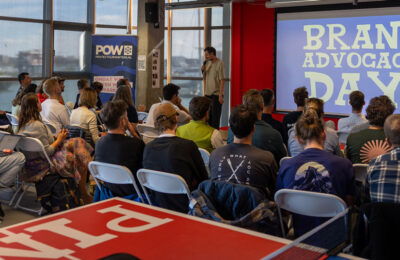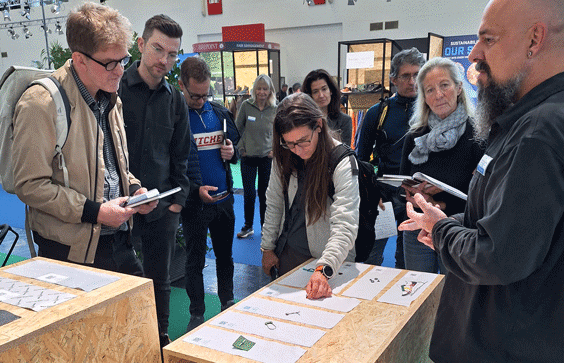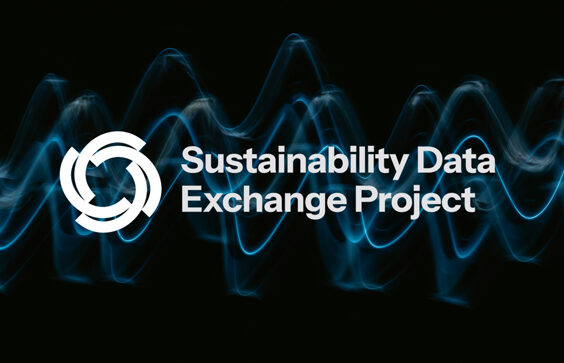While the world of policy making may seem like an impenetrable fortress, it is an incredibly important part of the industry and engaging at some level should be viewed as an important part of your business operations.
When you think of “policy makers,” what is the first thing that comes to mind? Probably people in suits sauntering around Brussels and into grandiose offices with little flags on the tables. Sure, these people have an important role to play in the process of developing new laws and legislation, but the reality is that policy making is the result of listening to all stakeholders, including business representatives and members of the public.
Policy making is Outdoor’s business
In short, policy has the potential to make or break a business; poorly formulated policy can cause a number of unnecessary hurdles, whereas comprehensive, well developed policy can support you and your organizational aspirations. Your knowledge and information can be the key to the quality of the policy developed. Policy makers are currently moving very quickly on sustainability topics and businesses will need to be on top of legislation to continue operating.
Policy makers are just people, often coming from policy making rather than industry or academic backgrounds. And while they have a good understanding of issues and impacts, as well as good intentions to develop policies for the greater good, they don’t necessarily know the intricacies and the day-to-day realities of industry like you do.
Policy needs to be both fit for purpose and fit for business and, while your opinion on proposals is fundamental to what you can provide, evidence is a huge part of the policy making process. Policy makers like to work with data to support a proposition (or not) and provision of data, or case studies of your experiences, can be extremely valuable and help to guide conversation.
If you wait until the policy is published, it’s far too late, and engagement throughout the whole development process is key. A proactive, rather than a reactive, approach is paramount as no one else is going to represent you and your unique business position. If you do not engage, your views and opinions will not be represented.
How to engage effectively
While in a dream scenario, all organizations would have internal capacity and Brussels on speed dial, this is unrealistic, and it can be a good idea to collaborate with other stakeholders who share the same goals as you. This is where organizations such as industry associations, advocacy organizations and consultants can have real value and, through engaging with these kinds of organizations, you can make sure your views are heard with minimal effort.















Sorry, the comment form is closed at this time.